This trip will be an excellent opportunity to photograph amazing wildlife, unique flora, and spectacular views. Whether you want to learn wildlife photography or are already a pro, this trip is sure to fill your memory card with wall-hangers and gifts to share with family and friends.
Limited to 8 spaces, non-workshop companions are welcome at a discounted rate. Reserve your spot now! Itinerary subject to change
About Me
Welcome to my Costa Rica page, my name is Adi Ringer, and I’m a wildlife photographer out of the central coast of California. For me, the feeling I get when I’m out in nature, observing a wild animal and trying to capture it in a way that conveys its beauty or sense of awe, is hard to compare with anything else. It’s my meditation, my happy place, and my connection to nature. I’ve traveled to a few countries, and I’m excited to bring fellow photographers along on this Costa Rica trip, one of the most biodiverse places on the planet. It will be an unforgettable trip.
General Information
During this trip we’ll be visiting the Cloud Forest for two nights as our first destination, after spending the night in San Jose. There, we’ll have chances to photograph the magnificent resplendent quetzal, colorful songbirds, hummingbirds, toucanets and other local birds in their natural habitats. This area is predominantly ideal for birding, landscapes, and plant photography.
HIGH MOUNTAINS, CLOUD FOREST HABITAT: CERRO
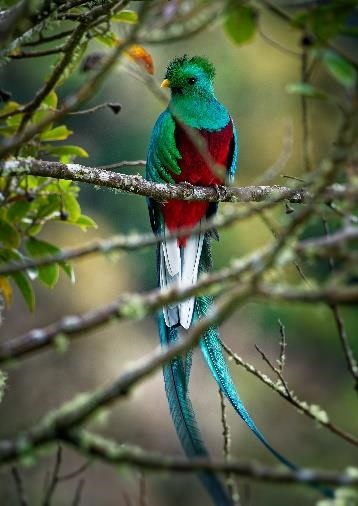

Some animals that may be seen in the high mountains are: Coyote, Gray Fox, Kinkajou, Coati, Mountain Rabbit, Red-Tailed Squirrel, Poas Squirrel, Brocket Deer. Among reptiles Malachite spiny lizards are normally seen.
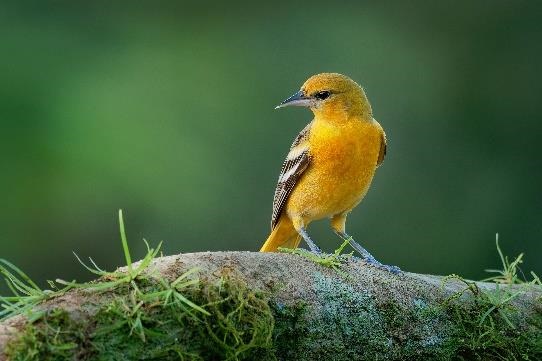
We’ll spend the next 3 nights in the Rain Forest, where we’ll walk trails, explore gardens, waterfalls, enjoy a private river boat tour, visit a macaw sanctuary and do some macro and night photography. There, we’ll also have some personal time to enjoy the beautiful hotel grounds and optional activities near the city of La Fortuna, at the foot of the Arenal Volcano.
CARIBBEAN LOWLAND RAINFOREST: SARAPIQUI & LA SELVA BIOLOGICAL STATION HIGHLIGHTS
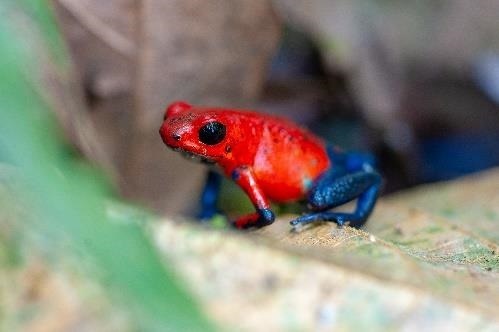
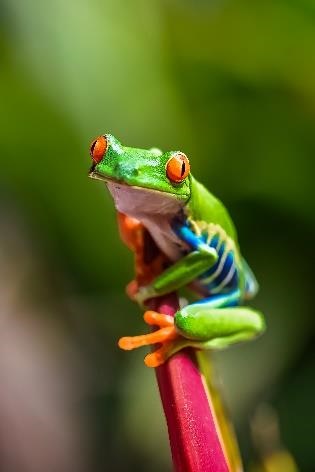
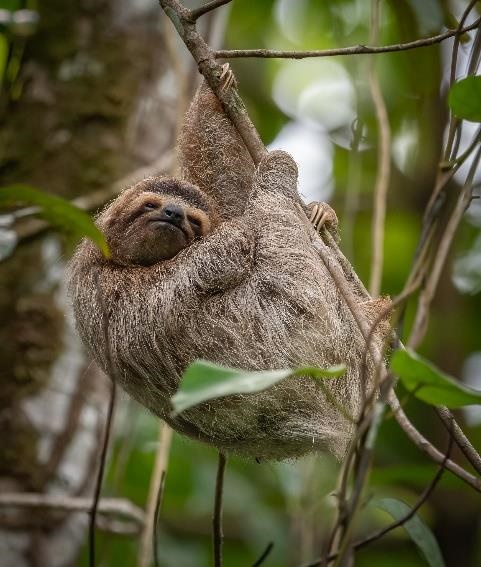

CARIBBEAN FOOTHILLS. ARENAL VOLCANO & EL SILENCIO LOOKOUT

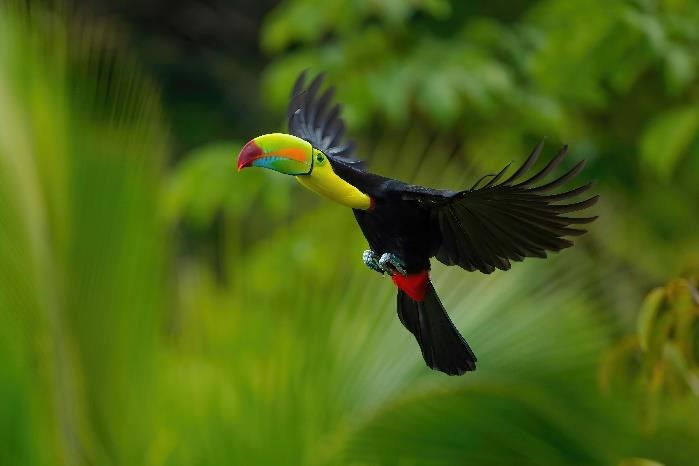
For the duration of our stay, we’ll have our own local bilingual guide to help us spot wildlife and tell us about them and their habitat. Our transportation will be a private, air-conditioned van to make road trips comfortable.
The fee covers most expenses once you arrive in San Jose, based on double occupancy rooms. Please see the details for a full breakdown. There is a $300 non-refundable deposit required to confirm your spot.
I’ll provide instruction and guidance to those who want to learn how to photograph wildlife or improve their skills, and I’ll be available throughout the trip to answer your questions and review your photos. I’ll also be offering post-processing tutorials using Lightroom, using their latest masking upgrades. If you don’t use lightroom, the concepts I’ll go over can be applied to any processing software.
Details:
Skill Level
This tour/workshop is for elementary + photographers. You need to know how to use your camera and the basics of photography (exposure triangle, DOF, etc.). I will not be covering gear or how to use a camera. I will, however, help you understand how to better apply the settings in different situations.
Daily Itinerary
Hotel information
As of now, there are no special COVID requirements to enter Costa
Rica, unless you’ve been in China, Hong Kong, Macao or Taiwan within 14 days of travel. You can check this link before travel to check for any updates or changes to their policy https://www.visitcostarica.com/en/costa-rica/planning-your-trip/entry-requirements . You must have a valid passport with a couple of blank pages, and is valid for the duration of the trip. No visa is required as of this writing, but you need to show a return ticket. You can not enter with more than $10,000 in cash. For additional information and US State department
updates go to https://travel.state.gov/content/travel/en/international-travel/International-Travel-Country-Information-Pages/CostaRica.html
I’ll give you some context, so you can better understand the recommendations. When you make a trip like this, you want to make sure you’re prepared for anything, but you also have to keep in mind travel restrictions, carry on limits, the environment, and what you’re after. My photography backpack tends to be 40-50 lbs. when I travel, because I want it all just in case. Luggage limits might be the first point of consideration for you, you don’t want to send expensive gear through your checked luggage. How much can you carry, bag size, etc. Once we get there, we’ll be shooting small subjects from a distance, so long lenses (300mm minimum) are very important. We will also shoot tiny animals, so a macro lens is very helpful. Finally, we’ll be shooting in low light conditions, so any gear that’s low light friendly is an important consideration (wide apertures like 2.8-4, high ISO camera bodies, etc). It will also be humid or rainy, so a weather sealed camera and lens help (You can also get covers for most models). If you don’t have the right gear, you can consider renting it instead of buying. I have rented lenses for my trips and ended up buying them out at a discount. Of course, the biggest factor will be how much you want to geek out on this. If you’re simply interested in a nice trip with some snapshots to share on social media, anything you have will do. If you want to kick up the level of your images and print them large to hang on your walls, gear will make a difference. Here is what I will take:
a. Two camera bodies (Nikon D4 and D500). Not just to have a backup, but they’ll have different lenses, so I don’t have to be changing lenses in the field if I don’t have to. Also, one is a crop sensor, and one is full frame.
b. Prime 500mm f4 (probably my most used lens). 70-200 f2.8, 90mm macro. Undecided yet if I’ll my 24-70 or the 16 to 24 for landscapes. I’m also bringing a 1.4 TC.
c. Tripod with gimbal head. You can also use a monopod or harness.
d. Flash with diffusers
e. Accessories: Remote trigger release, lens cleaning kit, rain covers, flashlight.
f. Spare battery for both cameras and many AAs for the flash.
g. LOTS of memory cards and external HD. We will take thousands of pictures (yes, thousands). You don’t want to run out of memory, and you’ll want to back them up daily. I will have two external drives just in case one fails or gets lost.
h. Laptop for culling and processing images. It also serves as another backup. You will probably want to bring a laptop if you want to review and process images and for the Lightroom session, but it’s not required.
I’ve been doing wildlife photography for over 8 years and had the fortune to travel to Africa, India, and Argentina
https://www.adiringer.com/portfolio/G0000zm3rvDUPJ7U.
I’ve used Lightroom since I started taking pictures and have found it to be all I need to render great images. And with all the new masking features, it’s easier and faster to use. I use Nikon gear and the reason why is very simple (and funny): When I bought my first DSLR, I didn’t know anything about photography other than I wanted to shoot hawks and I needed a zoom lens. Nikon had a 300mm kit and Cannon’s was only 200, so I got the Nikon. Next thing you know, I’m heavily invested in lenses, two pro camera bodies and all kinds of accessories.
I am very fluent in Spanish, having grown up in Argentina, so it will be easy to communicate or translate in Costa Rica if the guide isn’t available. I’m very excited to share this trip with other people interested in wildlife photography.
If you have any questions for me, I’m easy to reach, you can email [email protected] or you can text/call 8057791622. I’ll get back to you within the day.
Payment, fees, expenses & refunds
The tour fee is based on double occupancy. There is a single supplement if you don’t want to share a room. A non-workshop is someone who will not attend activities outside of the hotel nor participate in photographic instruction (except for the transfer to La Fortuna on day 6). The same expenses as participants will be covered.
Transportation into and out of Costa Rica, airport taxes, travel insurance (highly recommended), gratuities. Lodging, tours, meals or transportation not specified in the itinerary, hotel incidentals (laundry, phone calls, room service, movies, drinks, etc.); personal equipment, costs associated with changes to travel plans or itinerary for reasons beyond our control. Optional activities or activities during free time.
A $300 non-refundable deposit is required to save a spot. The balance must be paid no later than 60 days prior to departure. All reservations after that will require full payment.
First off, gratuities are not mandatory. However, please consider that for some of the people we’ll interact with, gratuities are an important part of their income. You may tip any amount you’re comfortable with and no one will know how much you give (or don’t). If you need a guideline, consider this: For single events, like the boat captain, snake wrangler,
etc., between $10 and $25. For daily interactions, like hotel personnel, guide, driver, etc. $20- $25 per day for primary contacts, and $10-$15 per day for secondary personnel. You can do a lump sum when you leave or spread it out, just keep track of it if you do. Again, these are just guidelines and it’s private between you and the people you tip. I have no requirement nor expectation of a tip, simply that you tell me if you had a bad experience so I can work on improving it; or that you tell all your friends and post a raving review on social media and my testimonials if you had a great experience
Submit to receive updates by email

